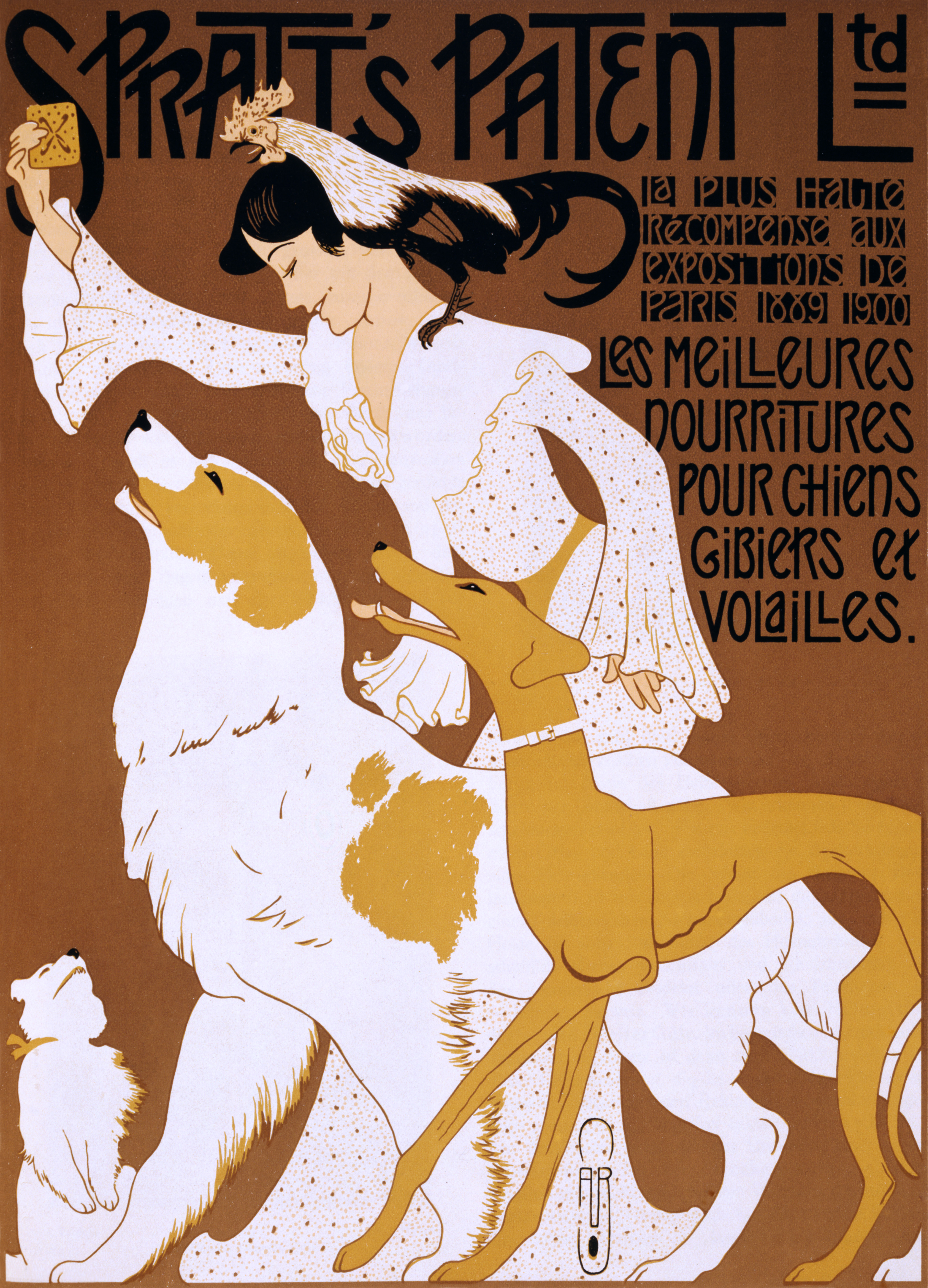Pet Food Should Be Good Food

What you may not know is that the FDA regulates that can of cat food, bag of dog food, or box of dog treats or snacks at the grocery store. The FDA’s regulation of pet food is similar to that for other animal foods. The Federal Food, Drug, and Cosmetic Act (FFDCA) requires that all animal foods, like human foods, be safe to eat, produced under sanitary conditions, contain no harmful substances, and be truthfully labeled. In addition, canned pet foods have to be processed in conformance with the low acid canned food regulations to ensure the pet food is free of viable microorganisms.
So you can be pretty sure that what you’re buying is safe: that’s a great first step. But that’s all it is—a first step.
You may need to do a little research to select the best food for your pet, and of course you absolutely should consult your veterinarian, in the same way that you’d consult your doctor when determining your own diet. And just like with humans, you need to read the ingredients on the label of any food you choose. Here’s a hint: the longer the ingredient list, the more potential there is for additives that are not only not necessary but could be inappropriate for your particular pet. Again, consult your veterinarian.
Let’s look at dry pet food, often referred to by pet owners as “crunches.” The first thing you want to make sure is present is meat. Cats and dogs are carnivores and have no need for carbohydrates. Grains are added to pet food because they’re cheaper than meat and they hold the kibbled bits together.
The source and quality of protein in the formula is extremely important for your pet’s health. Look for whole-food sources at the very top of the ingredient list (like beef, turkey, or chicken).
Meat and fat ingredients should be identified by species (turkey, lamb, beef, fish, etc.). Avoid any formula that uses unidentified sources, described non-specifically as meat, animal, or poultry.
The next ingredient of better-quality foods will probably be a meat source followed by the word “meal.” Meat meal (with the meat source identified, as in “chicken meal” or “turkey meal”) is considered a relatively high-quality protein source by processed pet food standards.
Ingredients three and four should be vegetables, and (unless the formula is grain-free), a whole-grain source like brown rice. Whole fruits as a portion of ingredients three and four are fine, especially if they replace grains.
It can be confusing to figure out the relative quality of a pet food you’re thinking of purchasing, but don’t be surprised: many manufacturers intend to confuse you. With enough practice, though, you can become an expert at reading pet-food labels and ensuring that you’re doing your best to keep your pet healthy and happy.
